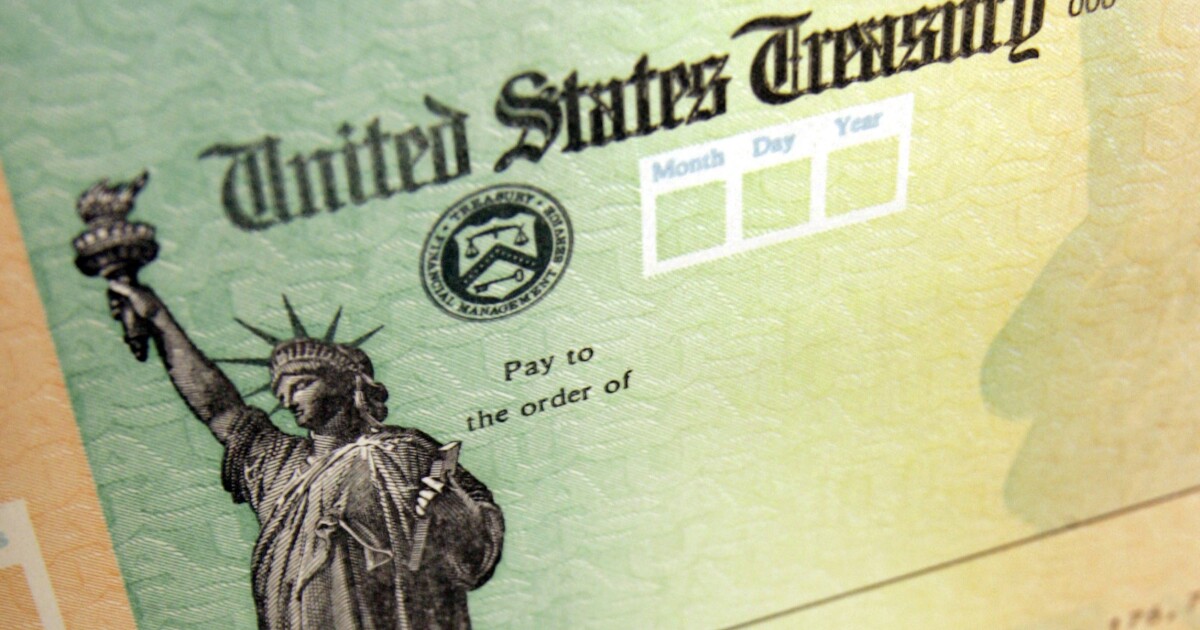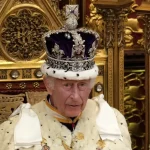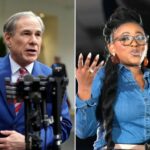

Treasury markets are warning of a pending recession, with the yield curve inverting even further as investors bet on higher interest rates.
The benchmark two-year Treasury yield briefly hit 4.94% on Thursday, the highest level since 2007. Meanwhile, benchmark 10-year Treasury yields are sitting at 4.01%. Those two curves are inverted, meaning the shorter-term yields are higher than the longer-term ones.
Yield curve inversions can portend recessions, as they show investors have little faith in growth picking up in the coming years. The inversion is one of the most-watched warning signs that the Federal Reserve could be knocking the economy into a recession because of its efforts to drive down inflation.
LEE TO INTRODUCE BILL TO BLOCK BIDEN FROM MINTING TRILLION-DOLLAR PLATINUM COIN
The yield has been inverted since last July, a few months after the central bank started hiking rates. Since then, the Fed has become even more aggressive with its tightening and conducted several consecutive three-quarter percentage point rate hikes, which are three times the size of a normal rate revision.
“The near-term interest-rate outlook is more volatile than the long-term interest rate outlook for now, and we’ve seen an adjustment higher in the near-term rate outlook,” George Pearkes, a macro strategist at Bespoke, told Barron’s. “That means the yield curve inverts further.”
Recent data and inflation reports have made it appear more likely that the Fed will hike interest rates higher and hold them at elevated levels longer in response to domestic inflation.
The 6.4% registered by the consumer price index in January was only down a tenth of a point from December’s annual rate of inflation, which shows that prices might be stickier than expected and the Fed’s anti-inflation crusade might have to last longer.
Additionally, inflation, as measured by the gauge favored by the Fed, unexpectedly rose to 5.4% annually in January. That is up from 5% in December. The acceleration jolted markets and added to recessionary fears.
“Net, net, despite all the heavy-lifting on interest rates by Fed officials for almost a year, they are no closer to bringing inflation down to target. In fact, there is evidence inflation is spreading like wildfire,” said Chris Rupkey, the chief economist at FWDBONDS. “Heck, it isn’t spreading. It is exploding. The risk now is whether the Fed shifts back into full attack mode.”
CLICK HERE TO READ MORE FROM THE WASHINGTON EXAMINER
The Fed is set to meet later this month to decide how much to raise the target federal funds rate.
Investors are now pegging the odds of a quarter-point hike at about 68%, according to CME Group’s FedWatch tool, which calculates the probability using futures contract prices for rates in the short-term market targeted by the Fed. More than 32%, a number that has been on the rise, now think that the Fed will hike rates by half of a point, given the recent reports.




